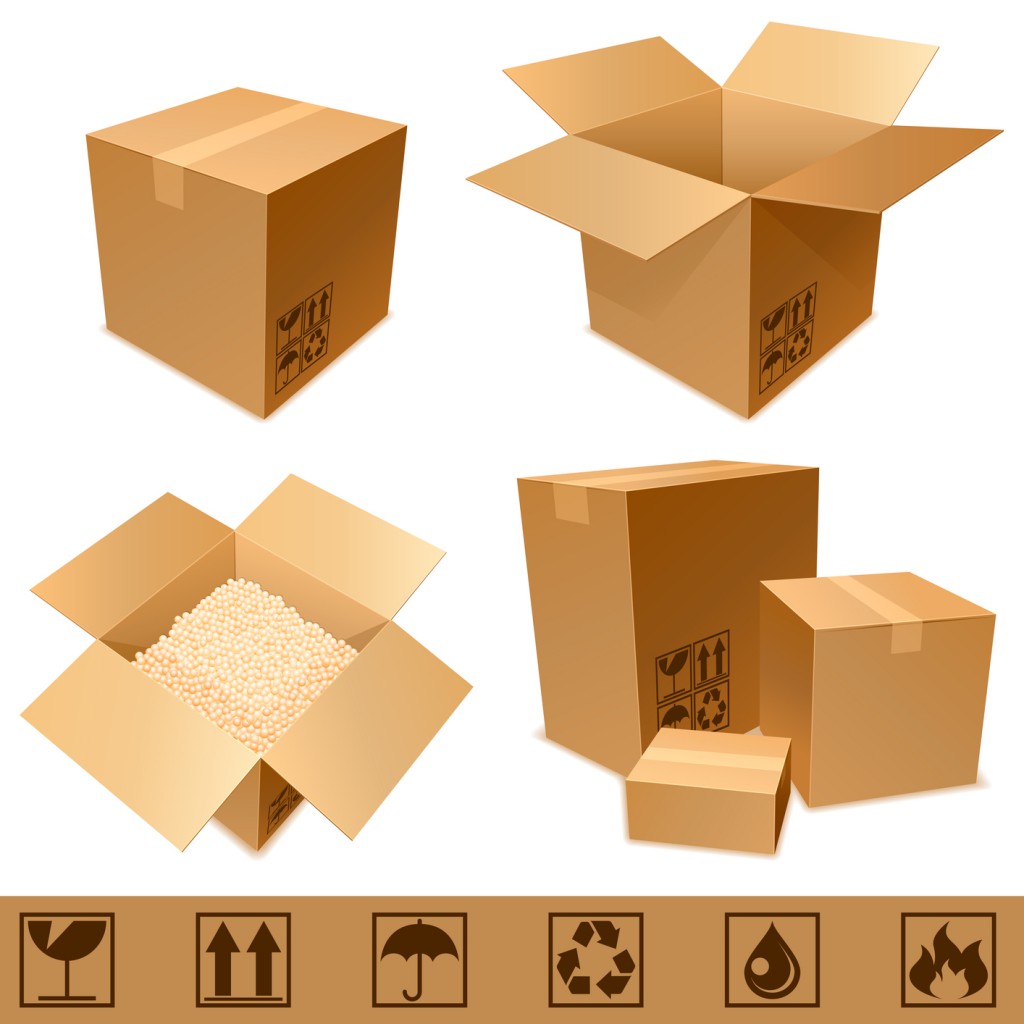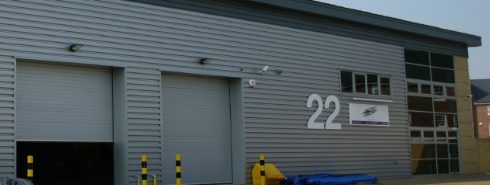
Every business, or professional seller, will scrutinize their
incomings and outgoings to create a greater profit margin. High profits
with low expenditures are what keep a business productive and running
well, so business owners explore every avenue where they could cut
costs. This is apparent with packaging for items which are to be shipped;
by saving on packaging there will be a smaller outlay with the same
return on product price. You can do this by choosing your packaging
wisely, with much research and thought and looking into things such as:
- Researching and Assessing Product Requirements
- Eliminating Excess Layers & Labels
- Buying in Bulk
- Reducing Labour Costs
- Looking into Price Changes
What should be your main concern when choosing packaging for your goods?
Your main purpose is always to keep your products safe in transit, and so quality should never be jeopardised. Your packaging needs to be able to keep your product protected whilst in storage, transit and during distribution meaning that it must be tamper proof, it must be resistant to the elements such as moisture, heat and rain and your items need to be sufficiently protected so that if they are mishandled during their journey they will not sustain any breakages. You can adhere to all of this, and still keep costs low which in turn will have great returns such as a higher profit for you.For the internal protection of your product during shipment, acknowledge that every layer of cardboard, bubble wrap, foam and amount of packing peanuts will add to the overall costs, not just on the packaging itself but on weight . Protection is fully needed but maybe you could explore substitutions – such as opting for one layer of protection as opposed to multiple ones. According to experts you rarely need more than 2 inches of empty space in between the outer box and the product so look into ensuring that your boxes are the right size – this will likely save a significant amount of money on both packaging materials and also shipping costs. Assess your products requirements thoroughly and compare the requirements to current practices, you could discover that you are able to switch to using more lightweight carriers or substituting card for film/wrapping.
A purchase option is to buy your packaging materials in bulk, this may mean that you will receive many discounts and this can apply to smaller suppliers who are more likely to appreciate the custom and show their gratitude with reduced costs. Never become complacent with your expenditures, items such as steel banding and stretch film can change by over 30% on a monthly basis! If you are not aware of price changes you could be stocking up on supplies at the wrong time, by working with a diligent supplier whom you trust you can reduce this risk.






